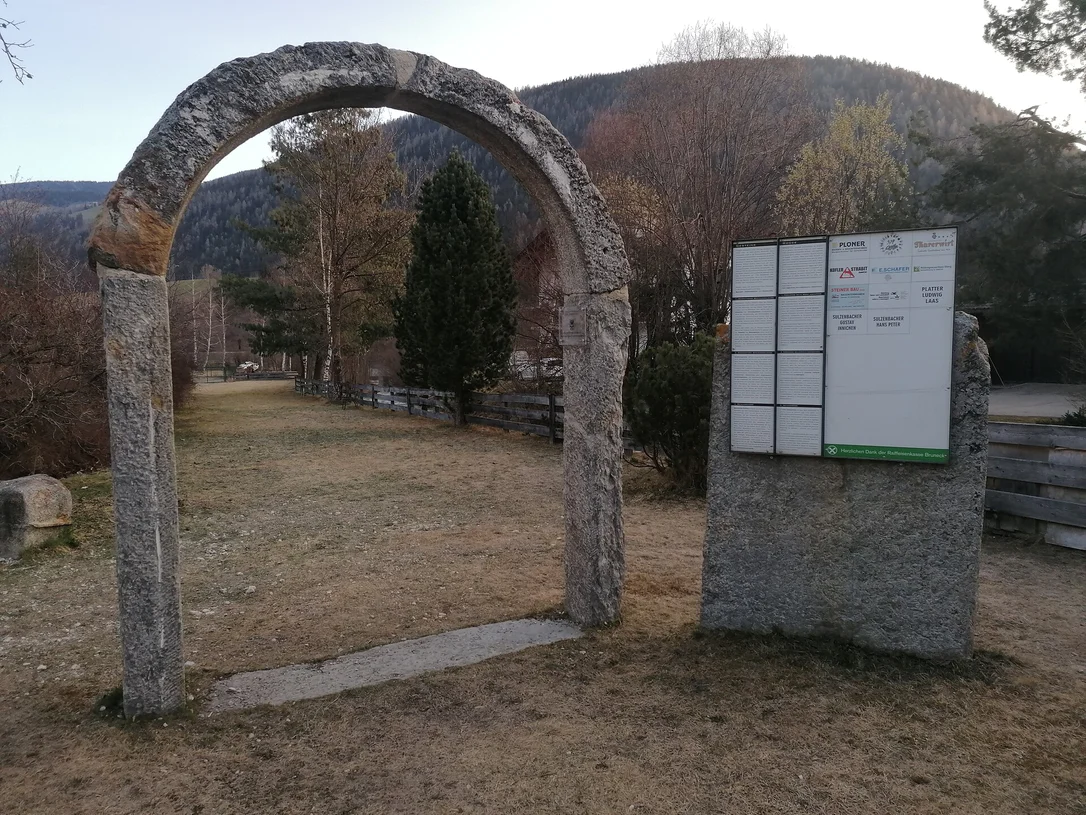The church St. Valentine dates back to 1303 and the nave as well as the bell tower are built in Romanesque style. Probably there was already a previous church at this position around 1090. While the majority of the frescoes inside the church date back to the 15th century, the oldest ones were painted in the 14th century. Exceptional is the Gothic winged altarpiece, an oeuvre by Hans Klocker from 1500.


















































































